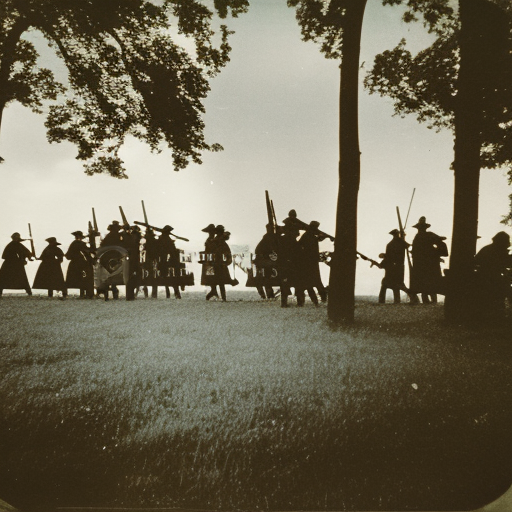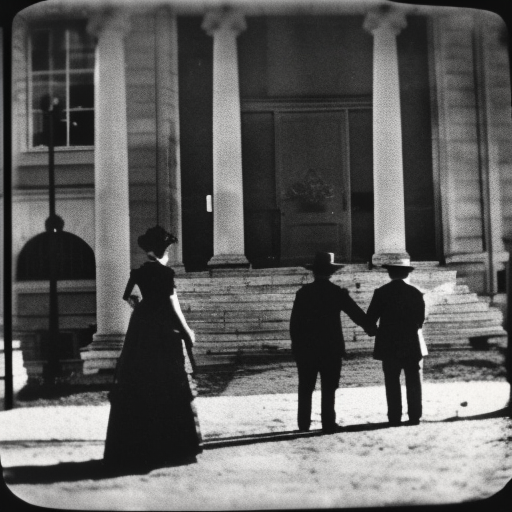The American System by Henry Clay
The American System was an economic plan proposed by Henry Clay, a prominent American statesman, in the early 19th century. It aimed to promote economic growth and national unity in the United States. Clay believed that a strong and self-sufficient economy was crucial for the success and stability of the young nation.
Background:
During this time, the United States was transitioning from an agrarian society to an industrial one. The country had recently gained independence from Britain and was facing economic challenges. Clay recognized the need for a comprehensive economic plan to address these issues and promote the growth of American industries.
Main Components:
The American System consisted of three main components: a protective tariff, a national bank, and internal improvements.
Protective Tariff:
Clay proposed the implementation of a protective tariff, which would impose higher taxes on imported goods. The purpose of this tariff was to protect American industries from foreign competition and encourage the growth of domestic manufacturing. By making imported goods more expensive, the tariff aimed to make American-made products more competitive in the market.
National Bank:
Another key component of the American System was the establishment of a national bank. Clay believed that a central bank would provide stability to the nation’s financial system and promote economic growth. The bank would have the authority to issue a national currency, regulate interest rates, and provide loans to businesses. It would also help to unify the country’s monetary system and facilitate trade between states.
Internal Improvements:
The third component of the American System was the development of internal improvements, such as roads, canals, and bridges. Clay recognized the importance of a well-connected transportation network for economic growth and national unity. He proposed that the federal government fund these infrastructure projects, which would not only improve transportation but also stimulate economic activity in different regions of the country.
Impact:
The American System had a significant impact on the United States’ economic development and political landscape. The protective tariff helped to protect American industries and encourage domestic manufacturing. It also generated revenue for the federal government, which could be used to fund internal improvements and other national projects.
The establishment of a national bank provided stability to the nation’s financial system and facilitated economic growth. It helped to regulate the money supply, promote investment, and provide a stable currency for trade. The bank also played a crucial role in managing the government’s finances and issuing loans to businesses.
The development of internal improvements had a transformative effect on the country. The construction of roads, canals, and bridges improved transportation and facilitated the movement of goods and people across the nation. This led to increased trade, economic growth, and the expansion of markets.
The American System also had political implications. It became a defining issue in American politics, with supporters of the plan forming the National Republican Party. The plan was seen as a way to promote national unity and economic progress, and it received support from both the North and the South.
However, the American System also faced opposition. Critics argued that it favored the interests of the North at the expense of the South, as the protective tariff primarily benefited Northern manufacturers. The plan also raised questions about the balance of power between the federal government and the states, with some arguing that it exceeded the federal government’s constitutional authority.
In conclusion, the American System proposed by Henry Clay was a comprehensive economic plan aimed at promoting economic growth and national unity in the United States. It consisted of a protective tariff, a national bank, and internal improvements. The plan had a significant impact on the country’s economic development and political landscape, although it also faced opposition.












